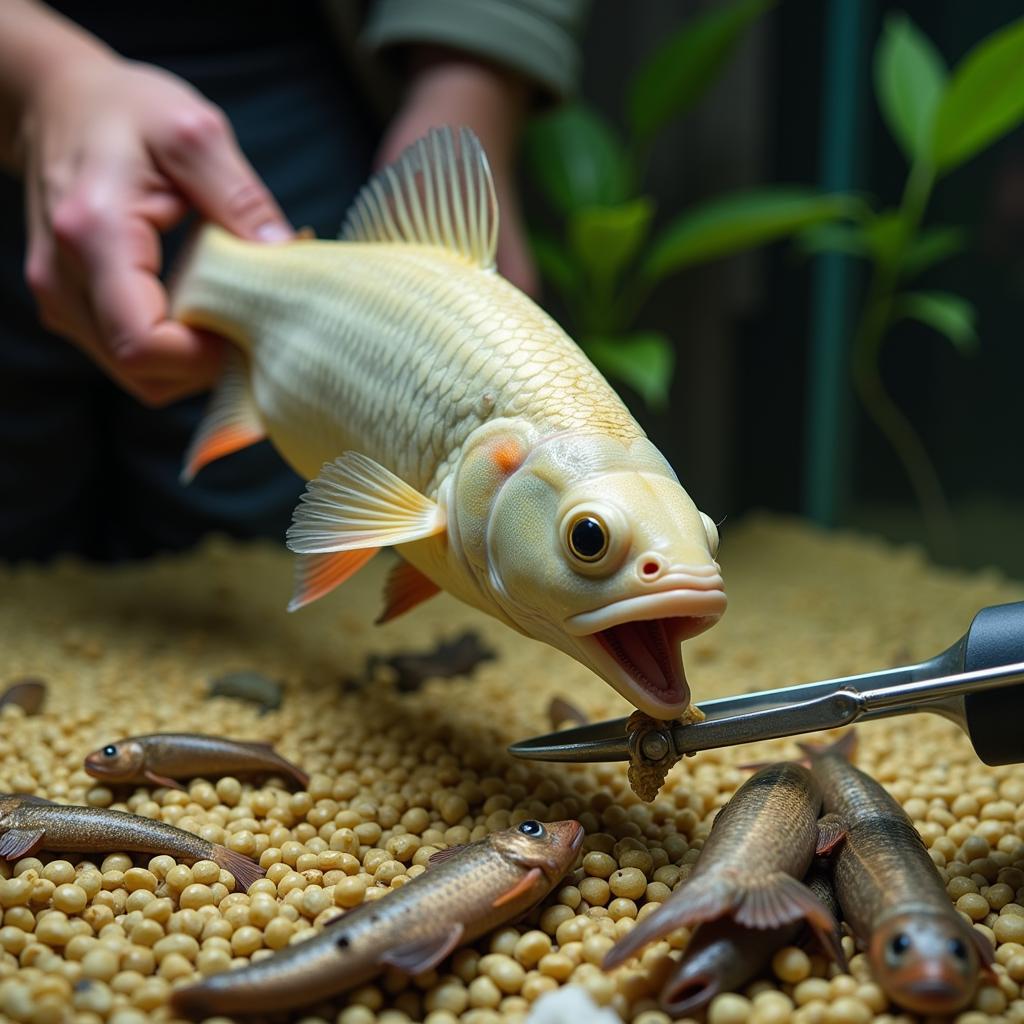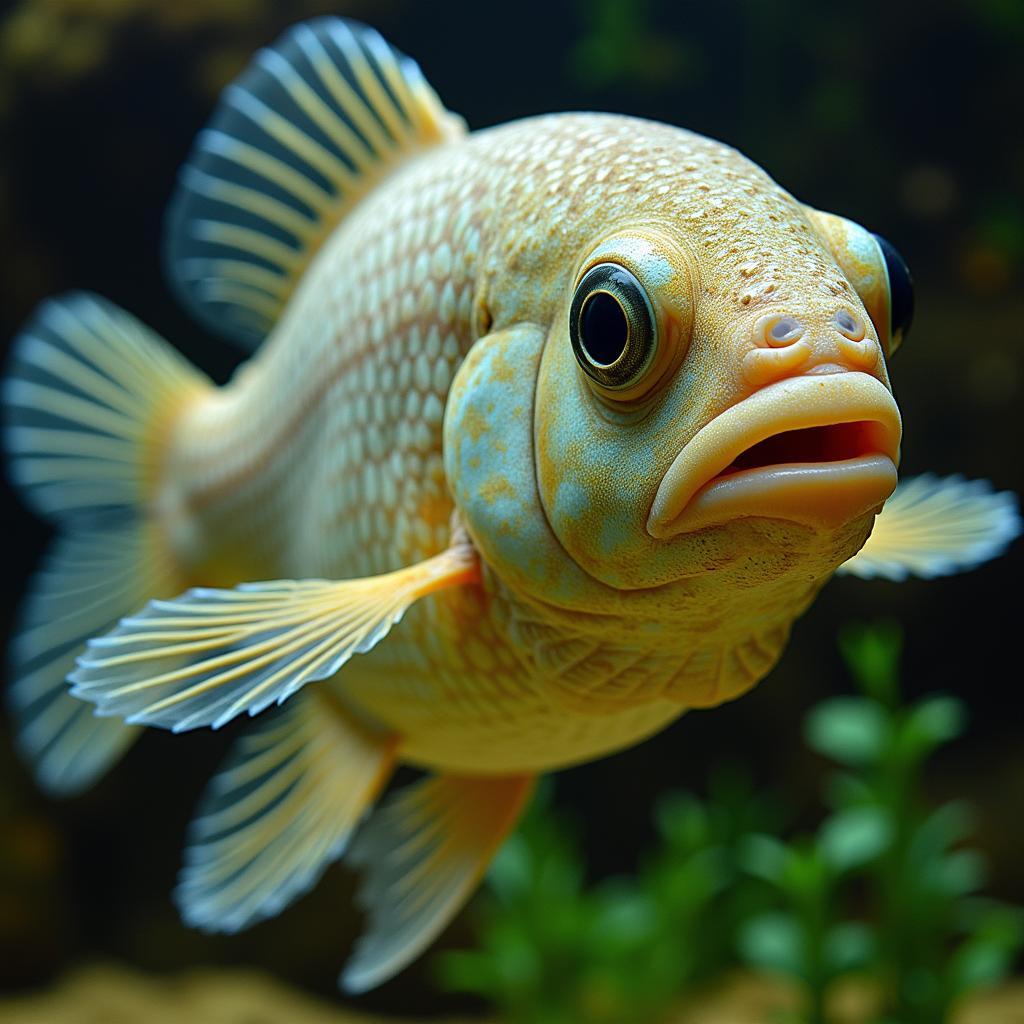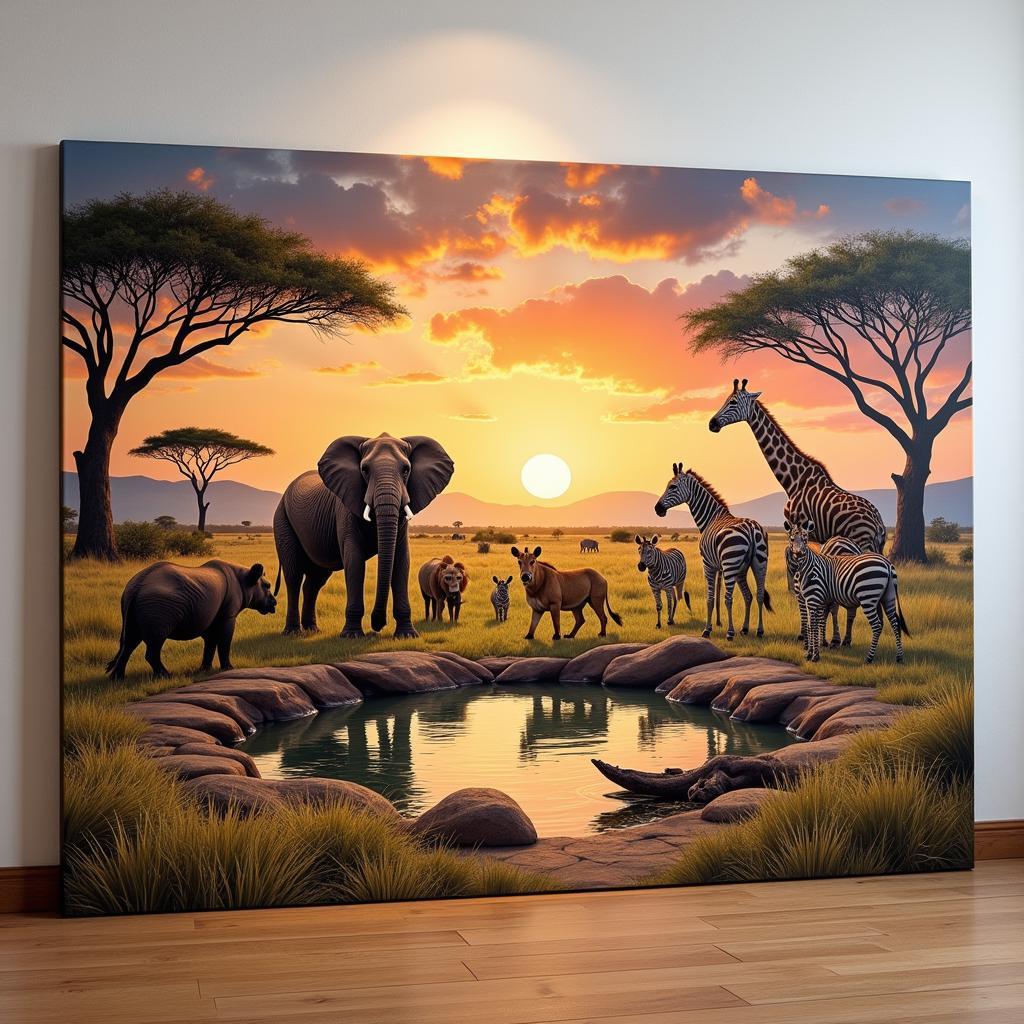African Arowana Singapore: A Guide to Owning the Dragon Fish
The African arowana, a prized and majestic fish, is highly sought after by aquarium enthusiasts in Singapore. This comprehensive guide dives deep into the world of African arowana ownership in Singapore, covering everything from legal considerations to practical care tips.
Understanding the Allure of African Arowana in Singapore
The African arowana (Heterotis niloticus) is often mistaken for its Asian and South American relatives. However, it possesses unique characteristics that distinguish it, including its more rounded body shape and less vibrant coloration compared to the Asian arowana. Its hardiness and relatively lower price point make it an attractive option for beginners venturing into the world of arowana keeping. While not as revered as the Asian arowana in terms of Feng Shui, the African arowana still holds a certain appeal, representing resilience and strength to some.
Legal Aspects of Owning an African Arowana in Singapore
It is crucial to understand the legal implications of owning an African arowana in Singapore before acquiring one. While legal to own, specific regulations govern their trade and possession. These regulations are in place to protect the species and prevent illegal wildlife trafficking. Always purchase your African arowana from licensed and reputable aquarium shops. Ensure the seller can provide proper documentation to verify the fish’s legal origin. Be aware that releasing non-native species, like the African arowana, into Singapore’s waterways is illegal and can harm the local ecosystem.
Setting Up the Perfect Aquarium for Your African Arowana
A properly equipped aquarium is essential for the well-being of your African arowana. A large tank is necessary, considering their potential size. A minimum tank size of 150 gallons is recommended for a single adult African arowana. Maintain high water quality through robust filtration and regular water changes. African arowanas prefer slightly alkaline water with a pH between 6.5 and 7.5. The ideal water temperature is around 75-82°F (24-28°C). Provide a secure lid, as African arowanas are known jumpers.
Feeding Your African Arowana: A Balanced Diet
African arowanas are carnivorous and have a diverse diet in the wild. Replicate this variety in their captive diet by offering a mix of high-quality pellets, live food, and frozen food. Suitable live food options include crickets, mealworms, and feeder fish. Frozen foods like bloodworms and krill are also excellent choices. Avoid overfeeding, as it can lead to obesity and water quality issues. Feeding once or twice a day is sufficient for adult African arowanas.
 Feeding an African Arowana in a Singaporean home aquarium
Feeding an African Arowana in a Singaporean home aquarium
Common Health Issues and Prevention
While generally hardy, African arowanas can be susceptible to certain health problems. Maintaining optimal water quality is the best defense against disease. Common ailments include fin rot, parasitic infections, and swim bladder issues. Quarantine new fish before introducing them to the main tank to prevent the spread of diseases. Observe your arowana regularly for any signs of illness, such as lethargy, loss of appetite, or unusual markings. Consult a veterinarian specializing in aquatic animals if you notice any health concerns.
The Cost of Owning an African Arowana in Singapore
Owning an African arowana in Singapore involves financial commitment. The initial cost of the fish itself can range depending on size and source. Ongoing expenses include tank maintenance, food, electricity for filtration and heating, and potential veterinary care. Factor these costs into your budget before acquiring an African arowana.
 Checking the health of an African Arowana
Checking the health of an African Arowana
Conclusion: A Rewarding Experience
Owning an African arowana in Singapore can be a rewarding experience for dedicated aquarists. By understanding the specific needs of this magnificent fish and adhering to the legal requirements, you can provide a thriving environment for your African arowana to flourish. Remember, responsible ownership is key to enjoying the majestic presence of the “dragon fish” in your home.
FAQ
-
What is the average lifespan of an African arowana? They can live for up to 20 years in captivity.
-
Can I keep other fish with my African arowana? Larger, non-aggressive tank mates are generally acceptable.
-
How often should I change the water in my arowana tank? Partial water changes every 1-2 weeks are recommended.
-
Do African arowanas require special lighting? Standard aquarium lighting is sufficient.
-
Where can I find reputable arowana breeders in Singapore? Consult local aquarium societies and online forums for recommendations.
-
What are the signs of a stressed African Arowana? Loss of appetite, erratic swimming, and discoloration are potential signs of stress.
-
Can I feed my African Arowana feeder fish exclusively? While feeder fish can be part of the diet, a varied diet including pellets and frozen food is crucial for optimal nutrition.

